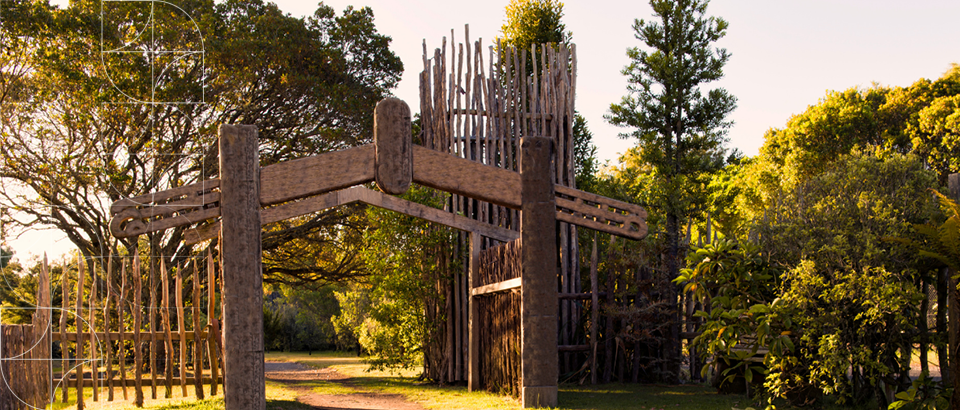Can the Environment Court decide who is primary mana whenua?

Can the Environment Court decide who is primary mana whenua?
Thursday 18 March, 2021
The High Court was recently asked to consider whether a consent authority, or the Environment Court, has jurisdiction to determine who holds primary mana whenua over the land the subject of a resource consent application.[1]
The question arose in the context of applications by Panuku Development Auckland (Panuku) for resource consents relating to structures in the coastal marine area at Westhaven Marina and Queens Wharf. The Panuku consents had been granted on conditions requiring Panuku to invite 19 iwi authorities to establish a forum and prepare a Kaitiaki Engagement Plan to “assist Mana Whenua to express tikanga, fulfil their role as kaitiaki, and establish the engagement process before, during and after the completion of construction activities”.
The resource consent was appealed by Ngāti Whātua Ōrākei Whaia Maia Limited and the Environment Court was asked to consider, as a preliminary question of law, whether the Court has jurisdiction to determine whether any tribe holds primary mana whenua over an area the subject of a resource consent application. In reaching its decision the Environment Court chose to reframe the question and decided that there is clearly jurisdiction to hear and determine competing claims as to relative status between Maori groups, but it is not correct to describe that as power to determine that a particular tribe holds primary mana whenua. The Environment Court’s decision was appealed to the High Court.
The High Court confirmed that nothing in Part 2 of the Resource Management Act 1991 (the RMA) empowers resource management decision-makers, including the Environment Court, to confer, declare or affirm tikanga based rights, powers and/or authority per se. Jurisdiction over these matters sits with the High Court and the Maori Land Court.
However, the Court found that there are provisions in the RMA and the Auckland Unitary Plan that require resource management decision-makers to identify, involve and provide for iwi and their mana whenua in accordance with mātauranga Māori and tikanga Māori. That duty to meaningfully respond must apply when different iwi make divergent tikanga-based claims as to what is required to meet these obligations. As a result, where the views of iwi diverge as to the responsibilities of kaitiaki, a decision may need to be made as to which of those views is to apply in the context of that particular application and that may involve evidential findings as to what the iwi consider is required in tikanga Māori.
In the Court’s view, this does not require a finding as to which iwi is the “primary mana whenua” as these terms are highly controversial and not defined. The Court therefore refused to make a finding on this issue without the benefit of full argument and evidence.
In respect of the question that was reframed by the Environment Court, the High Court agreed that a consent authority does have jurisdiction to determine the relative strengths of the hapu/iwi relationships in an area affected by a proposal where relevant to claimed cultural effects of the application and the wording of the resource consent conditions. It is important that the relationship is clearly grounded and defined in accordance with tikanga Māori and mātauranga Māori, and that any claim based on it is directed to the discharge of the statutory obligations to Maori and to a precise resource management outcome.
The decision provides guidance to resource management decision-makers when faced with claimed cultural effects from a number of hapu or iwi. Rather than seeking to identify who is “primary mana whenua”, decision-makers should focus on the relationship of the hapu or iwi with the relevant resource, and the way that relationship can be recognised within the current resource management process.







